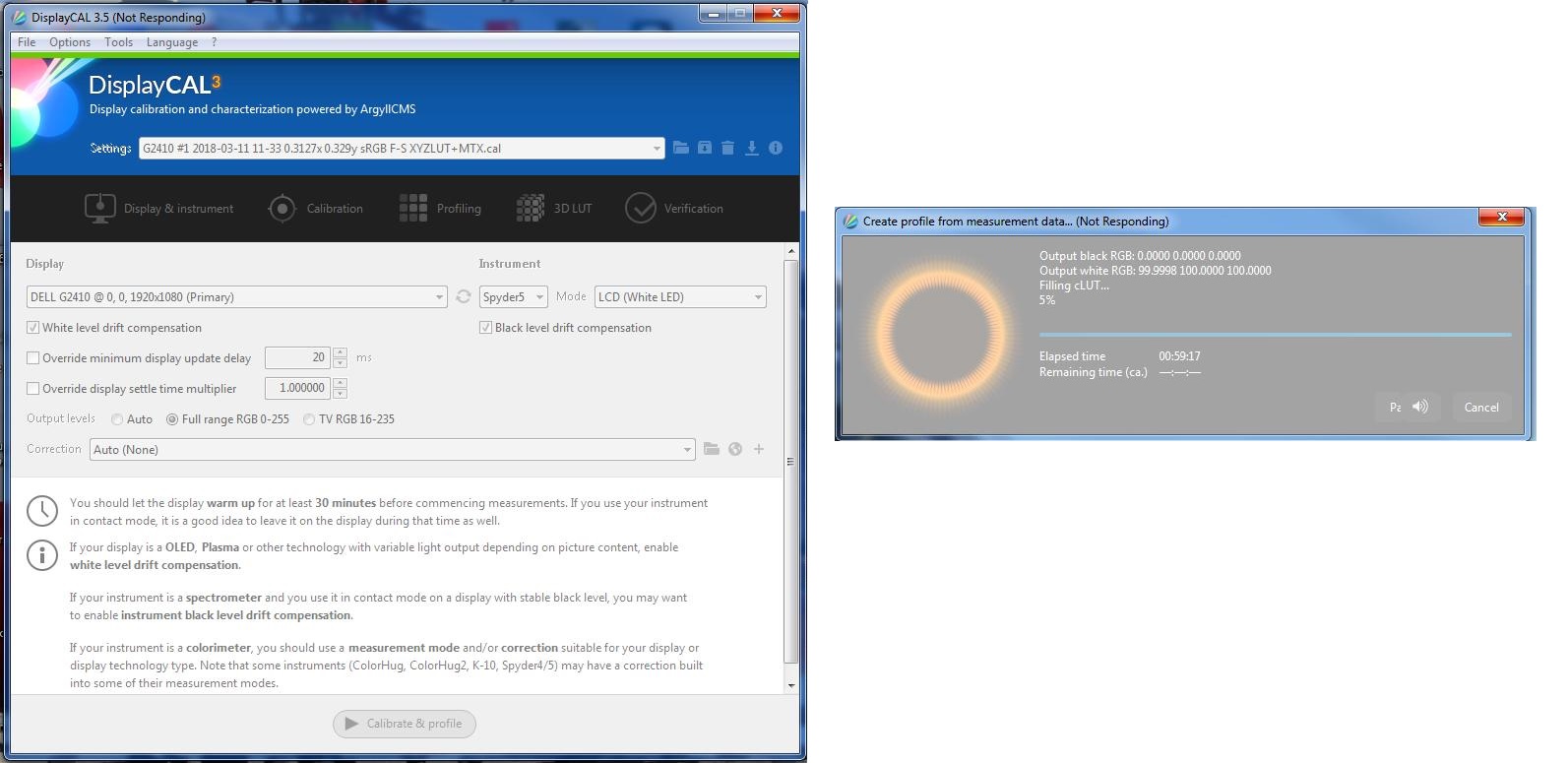

As a result, the optical efficiency of this design is still quite low.ĭue to the physical upper limit on how many views a multiview 3D display can generate, there is always a discontinuity in view switching with respect to the viewing direction. In this design, the projected light actually has to go through the parallax barrier twice.

Viewers are able to see multiview 3D images coming out from the parallax barrier. There is a quarter-wave retarding film placed in between the barrier and the screen so that the reflected light from the screen has the correct polarization direction. The light coming out from the projector first passes a polarizer, then passes through a parallax barrier to form pixelized images on a polarization-preserving screen. The advantages claimed by the authors are that the display is both space saving and cost effective in comparison with conventional rear projection counterparts.įigure 43 illustrates its basic configuration detailed in. Therefore, the system setup becomes the multiview 3D display. Viewers in different viewing locations would be able to see different views of the images. The second barrier layer, with the same pitch and position as the first one, controls the viewing directions of the multiview images formed on the diffuser screen. All images are projected on the first parallax barrier layer, which controls the light rays from each projector to a specific position on the diffuser screen.


There are multiple projectors each generates an image for one view. Figure 42 shows this concept, as proposed by Tao et al. By carefully calibrating the projection image and the location of the lenticular screen, one can produce a multiview 3D display system that has different images for different viewing perspectives. Another design concept of projection-based multiview 3D displays, proposed by Krah at Apple, is to use a projector and a reflective lenticular mirror sheet as the reflective screen.ĭue to the curvature of the lenticular strip, the reflected beams are directed toward different directions. Similar displays have since been demonstrated in various laboratories see, e. The middle layer is a directional light steering layer, meaning that all light projected from the bottom of the screen is reflected toward one side of the view. With the mirrors on both sides, these projectors are able to generate as many as views due to mirror effect.įavalora and Cossairt proposed an interesting design of a multiview 3D display that exploits the directional light steering property of a special screen. For the HoloVizo display system, as many as 80 projectors are used for the prototype. Therefore, the display requires many projectors to work together. To generate one viewing perspective, these thin slits from different projectors have to be mosaicked together. In the horizontal cross-section view, a viewer can see only one very thin slit of images from each projector, assuming that the screen diffuses light in the vertical direction only. The HoloVizo display developed by Holografika, as shown in Fig. Such a diffuser can be approximated by a finely pitched lenticular array. The function of this diffuser is to scatter light along the vertical axis while leaving the horizontal content of the image unaltered. Vertical diffuser screen: the horizontal parallax-only nature of the display requires a diffusing element in the image plane.


 0 kommentar(er)
0 kommentar(er)
